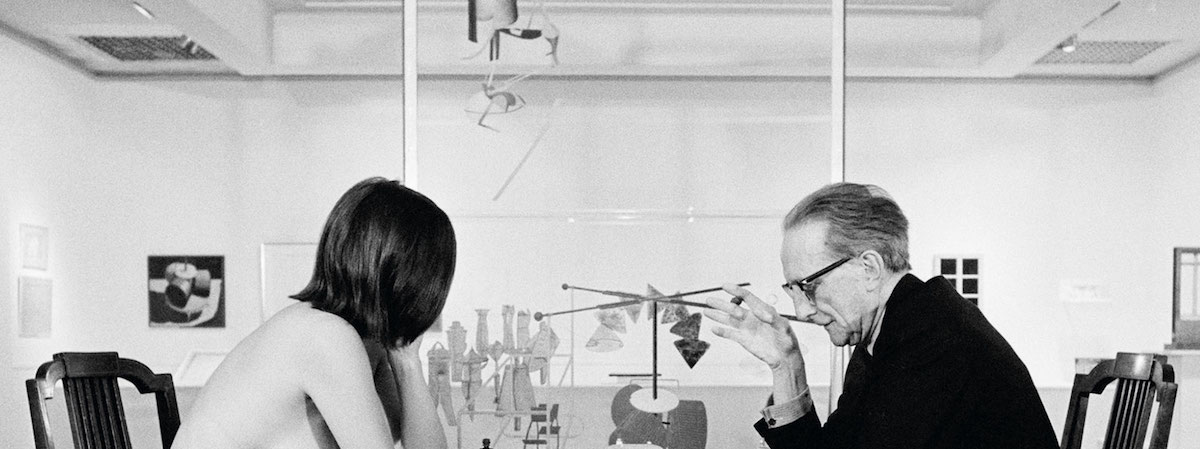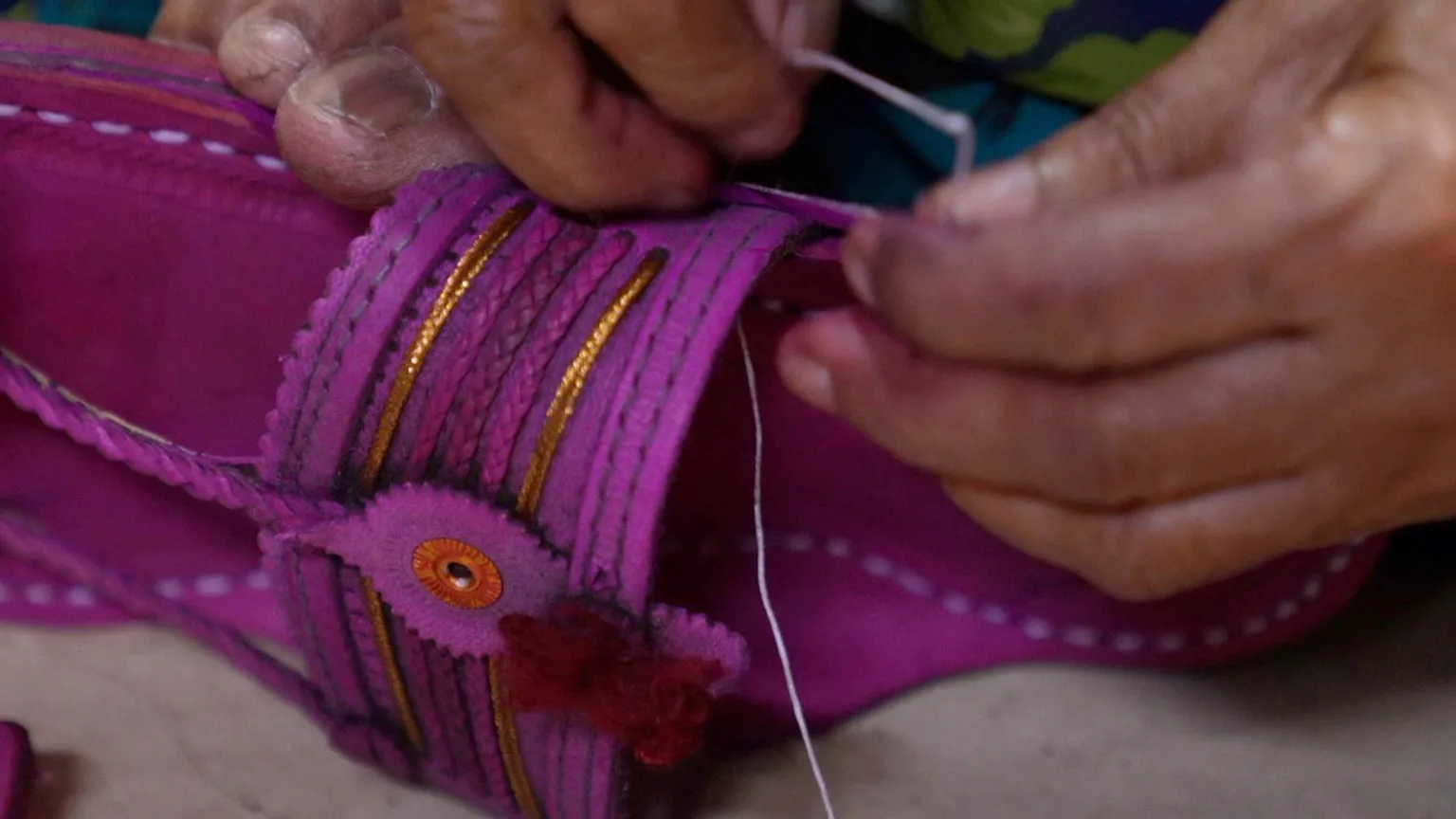“Never heard of Ms Babitz until now. She sounds like a pre-internet Kim Kardashian. The “cherry-flavoured Tiparillo” incident is tragic and sad and I hope she has returned to health. But what exactly has been her contribution to society, other than sleeping with a bunch of celebrities? Why is she worthy of some kind of renewed interest?”
Jack Sonville, a reader, comments thus on an NYT article that dissects the reading world’s renewed interest in Eve Babitz.
A better part of her critics has rubbished her contribution to the art world as simply coming from an ignorant place of glamour. That Igor Stravinsky was her godfather is just the final nail in the coffin for many – and her relationships with stars like Jim Morrison, Harrison Ford, and Steve Martin among others makes it hard for Eve Babitz’s more sexist readers to look beyond these names.
That Igor Stravinsky was her godfather is just the final nail in the coffin for many – and her relationships with stars like Jim Morrison, Harrison Ford, and Steve Martin among others makes it hard for Eve Babitz’s more sexist readers to look beyond these names.
And yet, her incisive hot takes on Los Angeles, the Hollywood ecosystem and failing rockstars elevated the art of gossip and established her as a prominent commentator of the swinging sixties and the decadent 70s. Her occasional columns for Rolling Stone, Cosmopolitan and Esquire were read in hushed tones on the subway, their content parsed and picked up apart by every tabloid imaginable.
Also read: Book Review — Sick: A Memoir By Porochista Khakpour
Against the Grain
Quite recently, the reading world was forced to confront the rage that Babitz’s writing was, after the NYRB published a series of her essays and other fictional works. One collection of essays that particularly stands out is Slow Days, Fast Company: The World. The Flesh, and L.A.
Each chapter is titled after a place or city that impacted Babitz. She immerses herself in the cultural milieu of the place and yet goes out of her way to ensure she is not toeing any superficial line that demarcates culture from the art life. Her take-downs of the Californian socialites is humorous even when it is at its most scathing – she finds a way to mark every observation with a gaze and language unique to her.
In one of the chapters, Babitz writes: “The women moved easily around the piano and spacious backyard, holding drinks, seeming mildly amused at the oval stomachs draped in flowered cotton fabric. Their wedding rings reflected the pink twilight, their golden bracelets caught the light of the mustard hills. But outside, the afternoon was lethal: No sunglasses could cut the glare, and even your pores shrank back against the light.”
Contextualising her subjects in the four corners of weather is a narrative tool Babitz often deploys throughout her essays. It grants her the comic liberty to navigate across her own quirks and that of others – she has even titled one chapter after the magical rains of LA and another to the hot, balmy Sirocco winds. Even when she is describing the peculiar scene of witnessing a floating Janis Joplin in one of her friend’s private pools – she mirrors the eeriness of it all, by laying in focus the dull sunlight streaking across the pool.
Women are prepared to suffer for love, she writes of Joplin, it’s written in their birth certificates.
Even when mentioning her paramours – Babitz barely takes their names. Not because she is insecure about being compared to the grandness of their celebrity halo, but simply because their being who they are is not a consideration for her at all. She is comfortable in her skin even if it means walking on hot concrete when the temperatures have soared to almost 110 Fahrenheit – simply because she wanted to feel the pulse of the place while her celebrity friends sought the solace of the air-conditioned ballrooms.
Towards Freedom
Hot nights. Sexy pools. White knuckles. And the solace of Palm Springs.
Babitz is unapologetic when in love. She does not dress it up with zany language for the fear that she might come across as cheesy. When she loved, she loved hard because the common denominator was that she knew exactly what she wanted all through the process.
“How do you manage to look so fresh when you are so nasty inside?” asks one of her lovers, Shawn, in a morning when they’re both having a terrible hangover.

Her writings give us a picture of a woman acutely self-aware of her beauty and flaws alike. And she owns both of them with seamless verve. She is anything but inhibited and is candid about her heroin addiction as she is about her writing. As she puts it: “There is something fascinating about a person’s face when they’re not falling apart because of their imperfections and self-loathing.”
When she was, and still is, likened to the Joan Didions of the world in both style and spirit – she has always highlighted how grossly misguided the comparisons were. In the spritz acknowledgement section of Eve’s Hollywood, she thanks “the Didion-Dunnes for having to be who I’m not.”

When she played chess in the nude in 1963 with the artist Marcel Duchamp, on the occasion of his landmark retrospective at the Pasadena Art Museum, she was all of 20. In her writings, this incident appears as a causal footnote. Her idea of what it truly means to be liberated was never a matter of debate in her mind. And she would not let anyone make it one either.
The accident of 1997 changed many things for her. While driving her car, she had accidentally dropped a lit cigarette on her gauze dress – and suffered third-degree burns. The recovery was long, arduous, and financially distressful. Since then, she’s been largely private. Murmurings of her newfound fame occasionally reach her – and she isn’t indifferent to them, only grateful. She does not use the internet, barely answers phone calls.
“I never got close to fame but got close enough to smell its stench. And it smelt like burnt cloth and rancid gardenias,” she writes.
Also read: Book Review: What’s A Lemon Squeezer Doing in My Vagina?
Eve Babitz was the nun in flat heels and gloriously chapped lips who read pulp novels in the middle of Academy award ceremonies and who peeled away the high-handedness of California to reveal just how liberating the art life can get only if you let it.
Eve Babitz was the nun in flat heels and gloriously chapped lips who read pulp novels in the middle of Academy award ceremonies and who peeled away the high-handedness of California to reveal just how liberating the art life can get only if you let it.
Arman Khan is a freelance writer and journalist based in Mumbai. He writes on the intersection of gender, lifestyle, and culture. He has works published or forthcoming in Vice, Grazia India, the Swaddle, GQ India, Femina, Vogue India, CN Traveller India, the Caravan, the Wire, and Architectural Digest.
IG handle @arman.gif
Featured image source: LA Times




